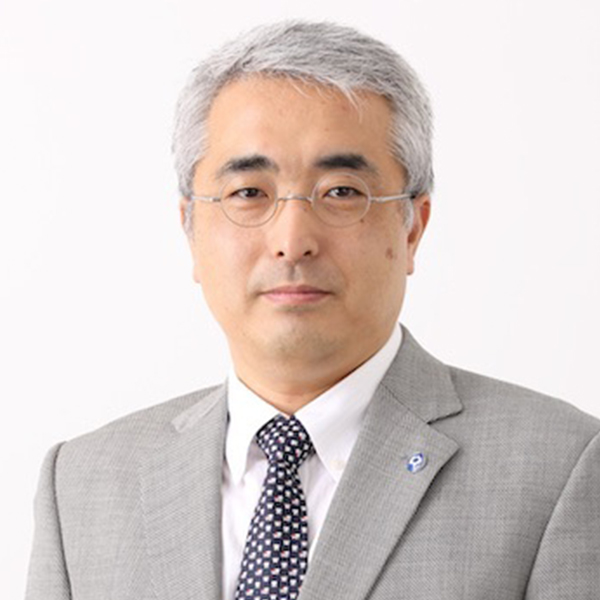
Greeting

Based on the latest findings in plant biochemistry, plant physiology, and structural biology, it is inferred that photosynthetic organisms have evolved light collection and its regulation to adapt to individual environments by diversifying specific proteins and their combinations, without changing the basic molecular apparatus on the thylakoid membrane itself, when adapting to their environments. Furthermore, these environmental adaptations are thought to have been strengthened by optimizing the regulation of gene expression, thylakoid membrane structure, and electron transfer activity.
Therefore, in this area, we focus on the formation of supramolecular complexes that unfold on thylakoid membranes in response to the environment, and we extend our focus not only to model species but also to non-model species, and we investigate the spatial scale from amino acid residues (angstroms [Å]) to the thylakoid membrane (subμm), from excitation energy transfer (picoseconds) to membrane structure We will promote multilevel and multidimensional photosynthesis research that extends over time scales from excitation energy transfer (picoseconds) to membrane structure (minutes) and systematically elucidate the principles that make photosynthesis possible in any global environment. Just as the accumulation of genome information has enabled us to explain various biological phenomena, if we can elucidate the ubiquitous principle of supramolecular structural control that enables ubiquitous photosynthesis, we will be able to explain the environmental adaptation of various photosynthetic organisms using supramolecular structure as a keyword.
Representative
Professor, Institute for Protein Research, Osaka University
Representative
Professor, Protein Research Institute, Osaka University
Genji Kurisu

